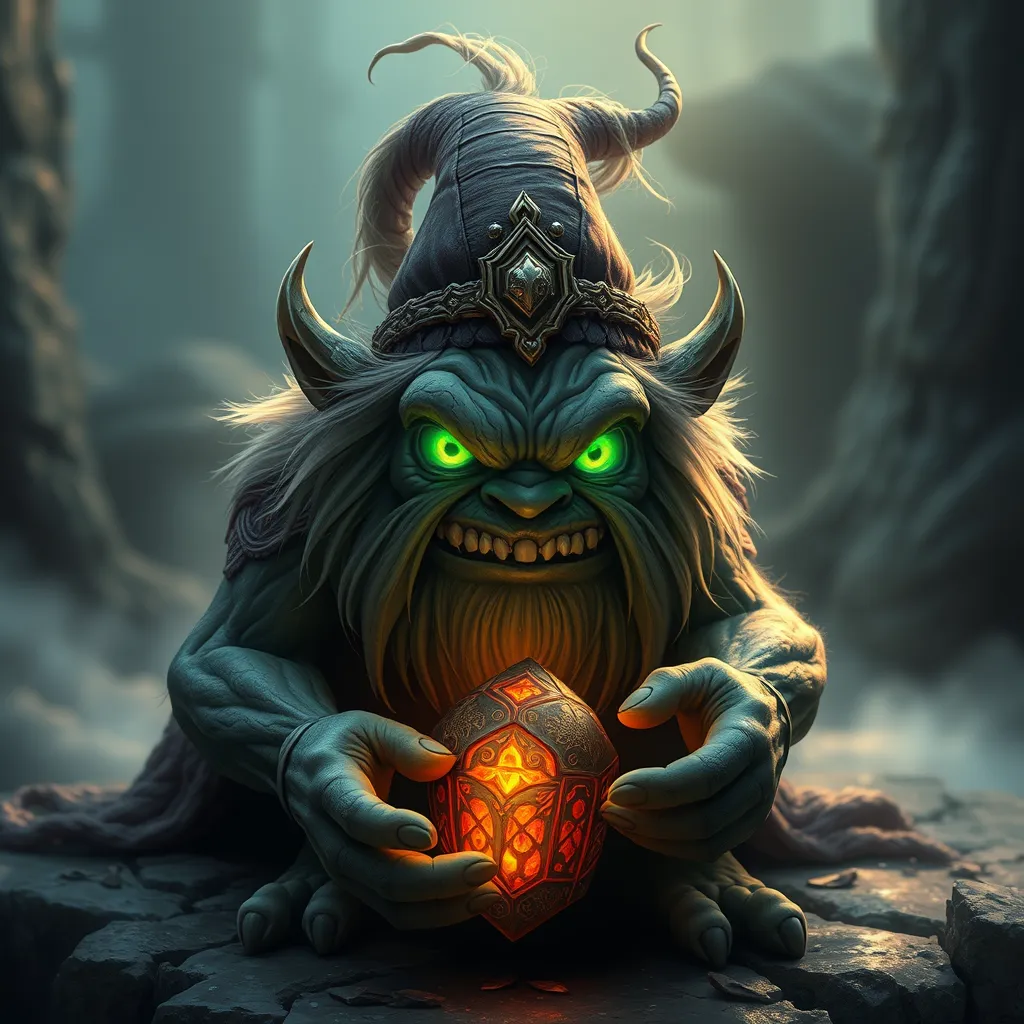The Naga’s Fury: Serpent Warriors and the Battles for Power
I. Introduction
Naga mythology is a rich tapestry woven through the cultural and spiritual lives of many societies, particularly in South and Southeast Asia. The Naga, often depicted as serpent-like beings, holds profound significance in various traditions. This article explores the concept of serpent warriors, delving into the Naga’s role as powerful figures embodying strength and resilience.
By examining the origins of Naga mythology, their representation as warriors, and the influence of their fury in battles for power, we aim to uncover the layers of meaning behind these fascinating figures. This exploration also extends to their modern-day representations and the legacy they leave in contemporary cultures.
II. The Origins of the Naga Mythology
The Naga mythos can be traced back to ancient texts and inscriptions, with roots in Hinduism, Buddhism, and indigenous traditions. These serpent beings are often associated with water and fertility, symbolizing the duality of creation and destruction.
Different regions interpret the Naga uniquely:
- India: In Hindu mythology, Nagas are seen as protectors of treasures and the underworld.
- Southeast Asia: In countries like Myanmar and Thailand, they are revered as guardians of water and rain.
Key figures associated with the Naga include:
- Naga Raja: The king of the Nagas, often depicted as a powerful deity.
- Vasuki: A prominent serpent in Hindu mythology, known for his role in the churning of the ocean.
III. The Naga as Serpent Warriors
The Naga are depicted with distinct physical attributes that enhance their warrior image. Often illustrated with human-like torsos and serpent tails, they embody both human and divine qualities. Their fierce appearance symbolizes strength and agility.
In folklore, Naga warriors are celebrated for their prowess in battle, often serving as guardians of sacred places or as formidable opponents in conflicts. Tales of their valor and skill in combat resonate across cultures. In some stories, they are portrayed as protectors of the earth, wielding powers that transcend the physical realm.
When comparing the Naga to other mythological warriors, we find intriguing parallels:
- Greek Mythology: The Hydra, a multi-headed serpent, represents a similar theme of strength and regeneration.
- Native American Lore: Serpent beings often symbolize transformation and duality, akin to the Naga’s dual nature as protectors and warriors.
IV. The Battles for Power: Key Conflicts Involving the Naga
Throughout history, the Naga have been involved in various significant battles that reflect their role in regional politics and power dynamics. These conflicts often revolve around the themes of water, territory, and sacred sites.
Major battles include:
- The Churning of the Ocean: In this cosmic battle, the Naga Vasuki plays a crucial role as the rope used to churn the ocean for the nectar of immortality.
- The Naga Wars: Historical accounts from Southeast Asia describe conflicts involving Naga tribes vying for control over fertile lands and water sources.
Case studies illustrate the Naga’s involvement in notable events:
- The Battle of Kalinga: A legendary conflict where Nagas are said to have aided warriors in their quest for supremacy.
- Local Tribes’ Skirmishes: Many indigenous tribes in Northeast India recount tales of Naga warriors defending their territories against invaders.
V. The Naga in Modern Culture
In contemporary culture, the Naga continue to inspire literature, film, and art. Their mystique captivates audiences, leading to varied representations:
- Literature: Novels and stories often depict the Naga as both benevolent and malevolent forces, exploring the complexity of their nature.
- Film: Movies in South Asian cinema frequently feature Naga themes, highlighting their warrior spirit and mythical backgrounds.
In religious practices, the Naga is venerated in ceremonies that honor their protective qualities. Festivals often include rituals invoking the Naga for blessings of rain and fertility.
Additionally, the influence of the Naga extends to modern martial arts, where practitioners draw inspiration from their agility and combat skills, integrating Naga-inspired techniques into their training.
VI. Symbolism and Interpretation of Naga Fury
The Naga’s fury in mythology symbolizes the wrath of nature and the consequences of human actions. It reflects the belief that neglecting the balance of nature can invoke the fury of these powerful beings.
Psychologically, the Naga’s anger can be interpreted as a manifestation of resilience and a call to action against oppression. Culturally, it serves as a reminder of the consequences of greed and the need for harmony with the environment.
As a metaphor, the Naga embodies strength and resilience, encouraging individuals and communities to rise in the face of adversity and fight for justice.
VII. The Legacy of the Naga in Today’s Society
Preservation of Naga culture and traditions remains vital in modern society. Various organizations and communities work tirelessly to keep the rich heritage alive through:
- Cultural Festivals: Events celebrating Naga traditions attract tourism and educate the public about their history.
- Art and Craft: Traditional crafts, such as weaving and sculpture, are promoted to sustain the cultural identity.
The Naga’s impact on modern communities is profound, instilling a sense of pride and identity among descendants. However, challenges persist, including globalization and loss of traditional values, which threaten the continuity of Naga heritage.
VIII. Conclusion
In summary, the Naga’s mythology and their role as serpent warriors illustrate a complex interplay of power, culture, and identity. From their origins steeped in ancient lore to their modern representations, the Naga embody resilience and strength.
The enduring legacy of the Naga reminds us of the importance of cultural preservation and the relevance of their stories in contemporary discourse. As we reflect on the Naga’s symbolism, we recognize their role as guardians of nature and champions of justice, encouraging us to honor the delicate balance between humanity and the natural world.



